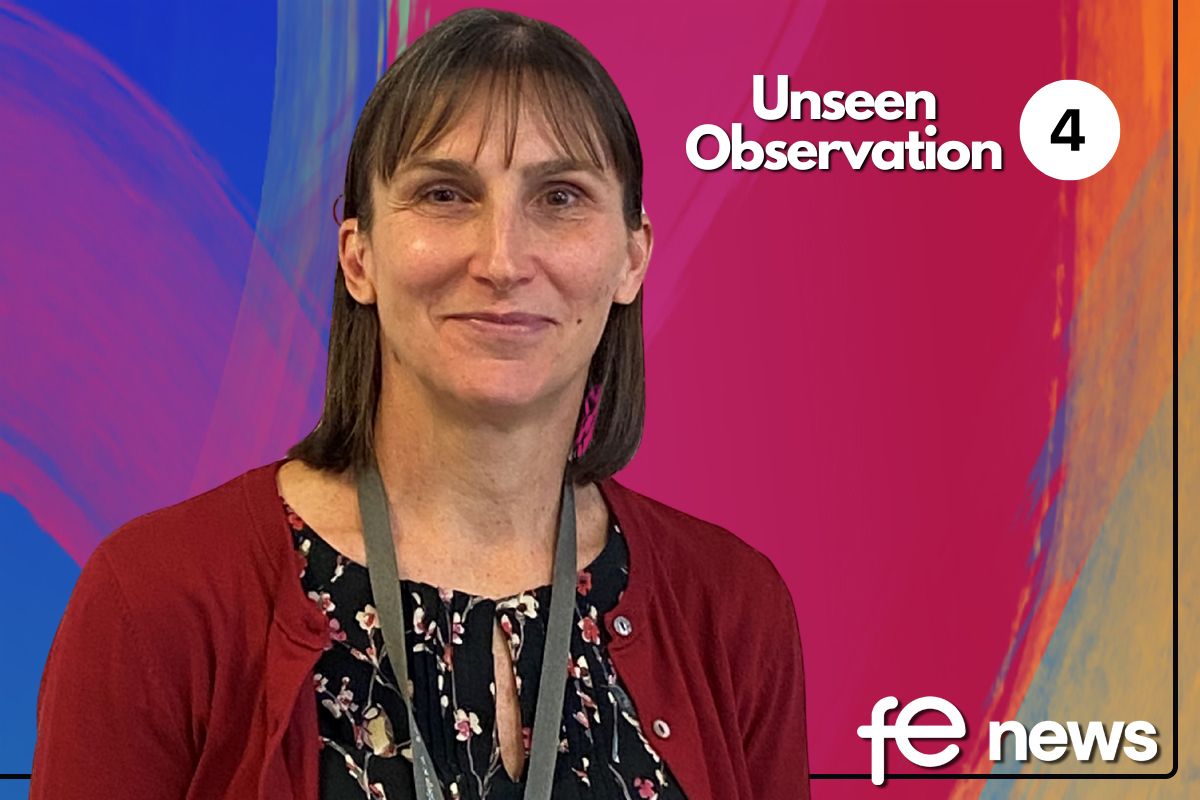Managing Transparency and Consistency in Multi-Academy Trusts

Since 2014, there has been a significant increase in the number of schools forming or joining multi-academy trusts (MATs), with over 700 now operating in England.
While some MATs are flourishing, many have experienced teething problems as they get to grips with this new, collaborative approach. However, teachers have expressed strong opinions about the future of MATs: divided between continuing to grow MATs, freezing MAT development or reverting MATs back to the local authority.
From funding to time, there are numerous limitations placed on MATs. Yet, the biggest challenge faced is the need to deliver a better level of transparency, consistency and accountability across the trust, leading to real, actionable outcomes for staff, students and all stakeholders.
There is a need for a consistent data reporting system, to streamline information and allow targeted conversations to take place; shortening reporting times and relieving pressure on CEO’s who need to be able to make fast but informed decisions without waiting until the end of term – or end of the academic year.
But how can this be achieved? Andy Richardson, CEO, Dynistics, discusses how a single view of data, generated in real time, will enable MATs to save costs, reduce the time spent on reporting and contribute to future strategic development.
Finding funding opportunities
The value of data in providing the transparency, accountability and visibility required to tackle these issues can’t be ignored – but with so much data to look at, it’s knowing where to start that can often be the problem.
Currently, there are too many gaps in data analysis and reporting, with 90% of education professionals wanting to make better decisions based on real data.
One area where this is essential is finance, with sourcing funding and planning or using budgets high on the agenda for many MATs. At the start of the process, funding can be tricky and complicated.
Selected academies may have financial difficulties and therefore cross-funding could be considered; this requires effective communication and organisation to ensure costs are allocated accurately and fairly across the MAT.
However, with multiple departments involved and a need to report to numerous parties, communicating funding challenges and opportunities isn’t always straightforward.
Displaying funding and budget information in a visual and engaging manner will ensure the right schools are getting the support they truly need to deliver those improved results. And being able to quickly and concisely see the information required, rather than trudging through various files and documents to find the stats needed, will actually save costs itself.
By providing the budget holder with direct access to the MAT’s financial position, the time spent resolving budget issues can be reduced by 14%.
Making the most of time
In a sector where staff are in demand and time-poor, having a single view of real-time data, 24×7, means that every member of staff can save a minimum of ten minutes per month by presenting data in a central place.
Ten minutes might not seem significant, but for a team of six this would equate to 12-hours saved per year; and for a CEO who is already feeling the pressure, it can take a weight of their mind and their to-do list.
Additionally, data can be used to spot any errors that may occur, monitor staff and student performance, or identify any central changes the trust has made to its academies or the structure.
A visual representation of data will give MATs the ability to do just that, in a quick and straightforward manner. This transparency will also encourage a more simplified method for a CEO to communicate with Academy Trust Board members, contributing to further time and cost savings.
Using this insight will give Board members the confidence to make informed and valuable decisions that will have a positive impact in the long term, and ensure the trust continues to grow and succeed.
A step in the right direction
Whilst the MAT structure enables more school-to-school support so that smaller schools can benefit from the skills and resources evident in larger ones, this advantage will be lost if practices are not put in place to keep this platform consistent and valuable.
It is very easy to get caught up in the day-to-day running of a growing trust, losing sight of if procedures are successfully being implemented across the academies.
Waiting until educational results are impacted or structures are breaking down to act will have even greater implications down the line; should just one school in the trust fail, then this in turn will impact the reputation of every academy involved.
A far more proactive, rather than reactive, approach is needed to ensure reliable data is produced and reported on, in real-time.
By considering how the data is being used, and not just how it looks, better insight will be gained and improved efficiencies will be seen across the MAT.
Additionally, adopting a system that will ensure data is in one place at all times, honing in on particular aspects to analyse and dissect, will not only give MATs the insight they need to make informed decisions, but will ultimately allow them to save fundamental costs, not just within departments, but across the whole trust.
And, instead of having multiple viewpoints or reports to look through, a single dashboard will provide a unified view of the truth: promoting greater consistency and accountability.
Whether it’s funding, performance or structure, it is evident that steps must be taken towards encouraging greater collaboration between the members of every MAT.
Just think, with the right tools and better data-led insight, the expectations of each academy can be managed efficiently, eliminating the challenges that come with this structure and creating a governing body that will be beneficial to the trustees, the teachers and most importantly, the students.
Andy Richardson, CEO, Dynistics











Responses